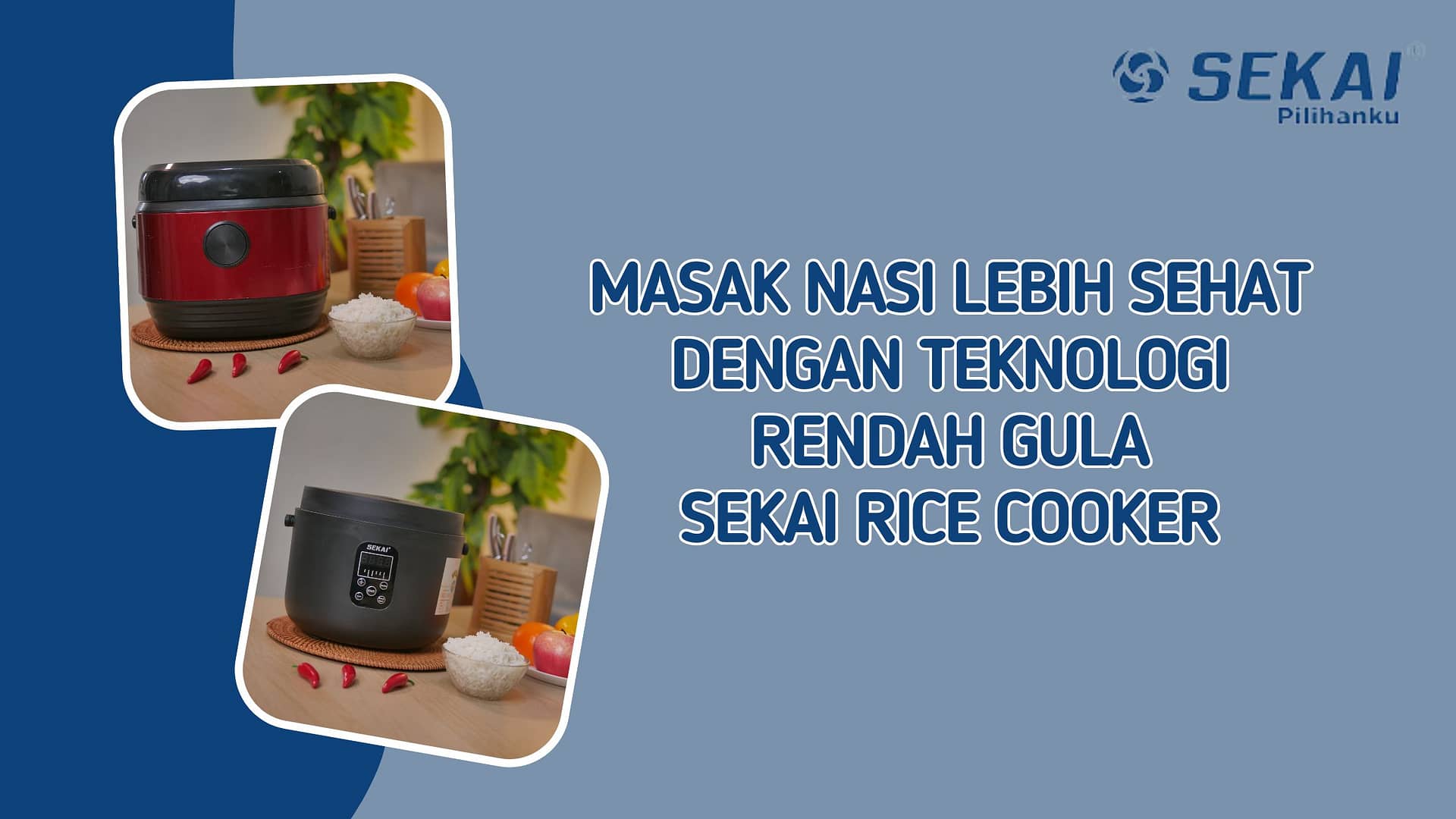Hydrologic cycle is often also mentioned as the water cycle. A water circulation which includes the movement from the ocean into the atmosphere, from the atmosphere to the ground, and back to sea again with a different meaning or hydrologic cycle is a series of earth surface water migration process from one place to another to return to their places of origin.
The water rose into the air from the sea or from land via evaporation. Water in the atmosphere in the form of water vapor or clouds moving in large masses on the continent and the soil is heated by radiation. The heat makes more water vapor to rise again so it’s pretty high / cold condensation to occur. Water vapor turns into dew and so on so rain or snow. Outpouring (precipitation) fell down, onto land or directly into the sea. The water reached the mainland and then flows over the surface of the river, continue to return to the sea. The water reached the mainland and then flows over the surface of the river, kept returning to the sea water completes the cycle.
On his way out of the atmosphere, water undergoes a lot of interruptions. Some of the rainwater that falls from the clouds to evaporate before reaching the earth’s surface, some fell on the leaves of plants (intercception) and evaporates from the surface of the leaves. The water that arrives in the land can continue to flow into the sea, but there is also the first seeped into the soil (infiltration) and up to the rock layers as the ground water.
Some of the ground water is inhaled by plants through the leaves and then evaporating the water into the air (transpiration). Water flowing over the surface of the river probably stuck in the pond, ditch, etc. (surface detention), there is also temporarily stored in lakes, but then evaporate or otherwise, some water flows above ground through the ditches, streams, up to to the sea (surface run-off), some infiltration into the bottom of the lake-lake and join in the soil as groundwater that eventually outward as springs.
Hydrological cycle divided into three types:
1. Short Cycle: The sea water evaporates and then through a condensation process turned into beads of smooth water or rain clouds and then fell into the sea and will return repeatedly.

2. Medium Cycle: Sea water evaporates and is carried by winds toward the mainland and through the process of condensation turns into clouds and falls as rain on land and then seep into the ground and then returned to the sea via rivers or waterways.

3. Long Cycle: Sea water is evaporated, after the cloud through a process of condensation, and then carried by winds into the higher ground inland and there was snow or ice in the high mountains. Blocks of ice settles at the top of the mountain and due to gravity sliding into a lower place, melting glaciers formed and flows through rivers back into the sea.

The main elements in the hydrological cycle:
* Evaporation: the evaporation of water bodies directly
* Transpiration: the evaporation of water contained in plant
* Respiratory: evaporation of water from the body of animals and humans
* Evapotranspiration: combination of evaporation and transpiration
* Condensation: the process of changing the form of water vapor into water droplets as a result of cooling
* Precipitation: any flow or rain from the atmosphere to the Earth which includes water rain, sleet, snow
* Infiltration: water falling to the ground and seep into the soil
* Percolation: water continues to seep into the water until it reaches a certain depth of soil or groundwater
* Run off: water that flows above ground through a ditch, river, up towards the sea.





